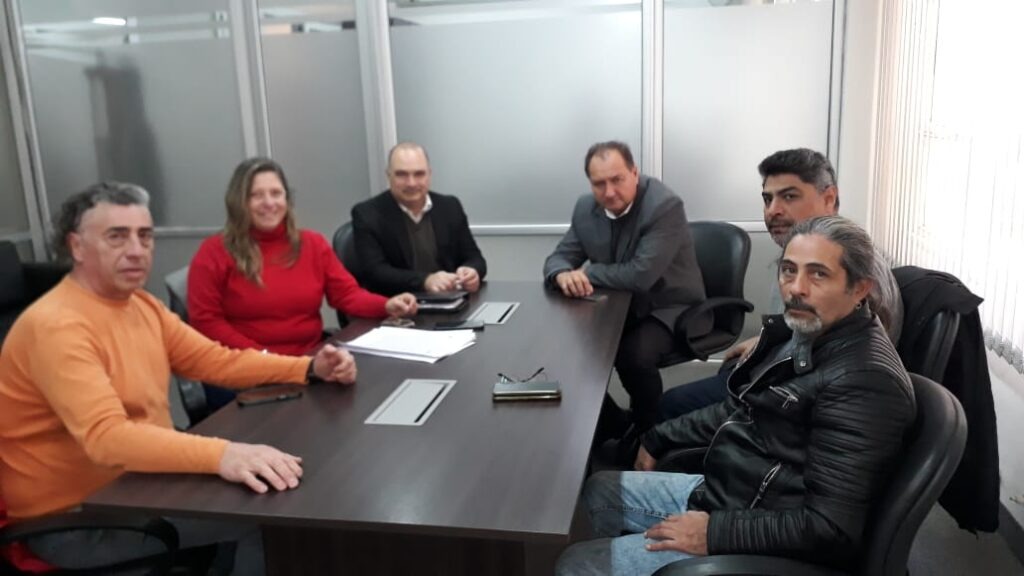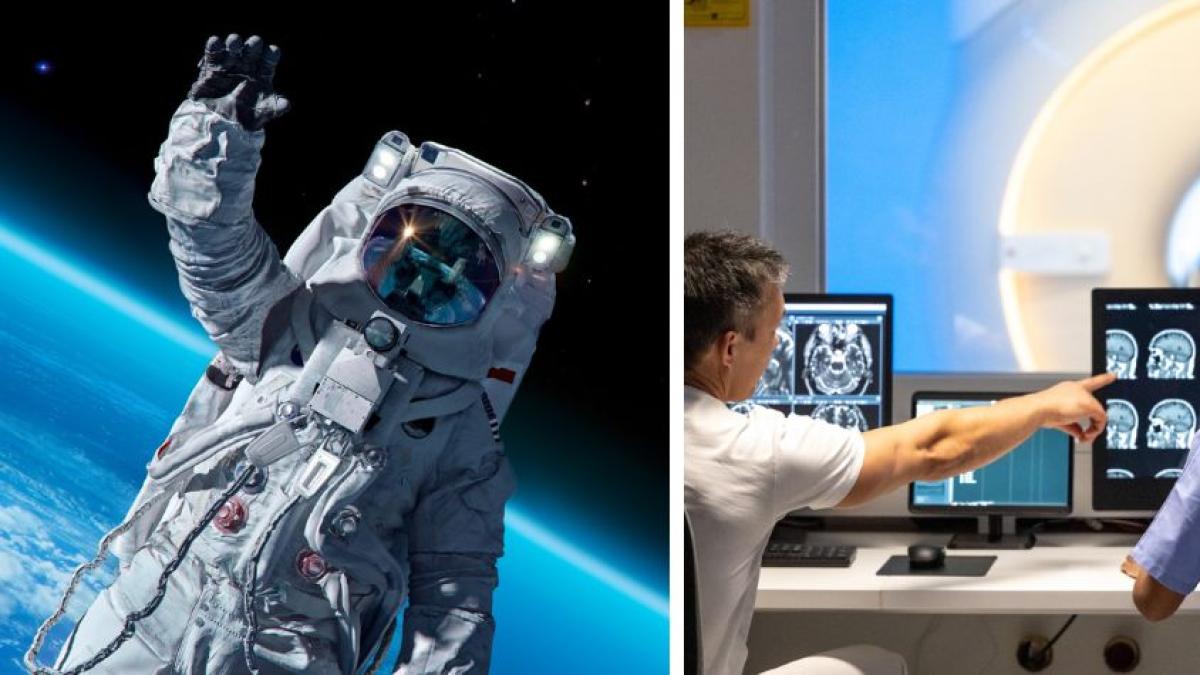Burgos, June 20. The latest work by Co-Director of Atapuerca and Scientific Director of the Museum of Human Evolution (MEH) in Burgos, Juan Luis Ursuaga, is titled “Our Body. Seven Million Years of Evolution” and offers a new vision of human evolution’s blending of science and art.
After the success of his last two books, together with writer Juan José Melas, Ursuaga took up his new work, which he presented this Tuesday at the Ministry of Health, on his own.
“We are a miracle of biological design, the reason being, Descartes and his colleagues knew, that our body is a perfect machine; if animal and human anatomy really fascinates us, it will be even more impressive if we discover how it evolved and how it differs from other creatures, starting with our closest relatives: the great apes.” The scientist explained.
He himself defined his work as “scientific literature” and asserted that, from the outset, he had stated that he did not want to write a treatise “systematic, exhaustive, and full of images of the human body” for use and consultation. Physicians, physiotherapists, visual artists or athletes.
Defining evolution as an “improbable artist,” Arsuaga asserted that the human body is a miracle of biological engineering, which hardly consumes energy when walking and running, allowing us to travel long distances, because “we are the beings that walk.” Although this is also the reason why it is so difficult to lose weight.
The book begins at the Museo del Prado, where a scientist walks through the body of Polycletus Diadomino, whose anatomy can read an evolutionary history of seven million years.
In the next room is a somewhat later sculpture showing the naked body of Venus, the Hellenic canon of female beauty.
In his book, the scientist appreciates the differences between the two and wonders about their meaning, and from there he begins to discover the human body and how it has evolved up to the present moment.
For Arsuaga, “the human body has been built over the history of the species without a plan or drawing or model, without even a goal,” so the journey through the human body must be “evolutionary and comparative,” seeing “what our ancestors looked like and how we differ from other animals.” Ursuaga said. EFE
1010207
psb/jam/icn
(picture)





